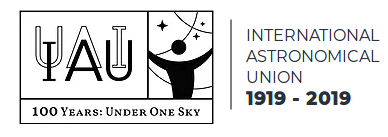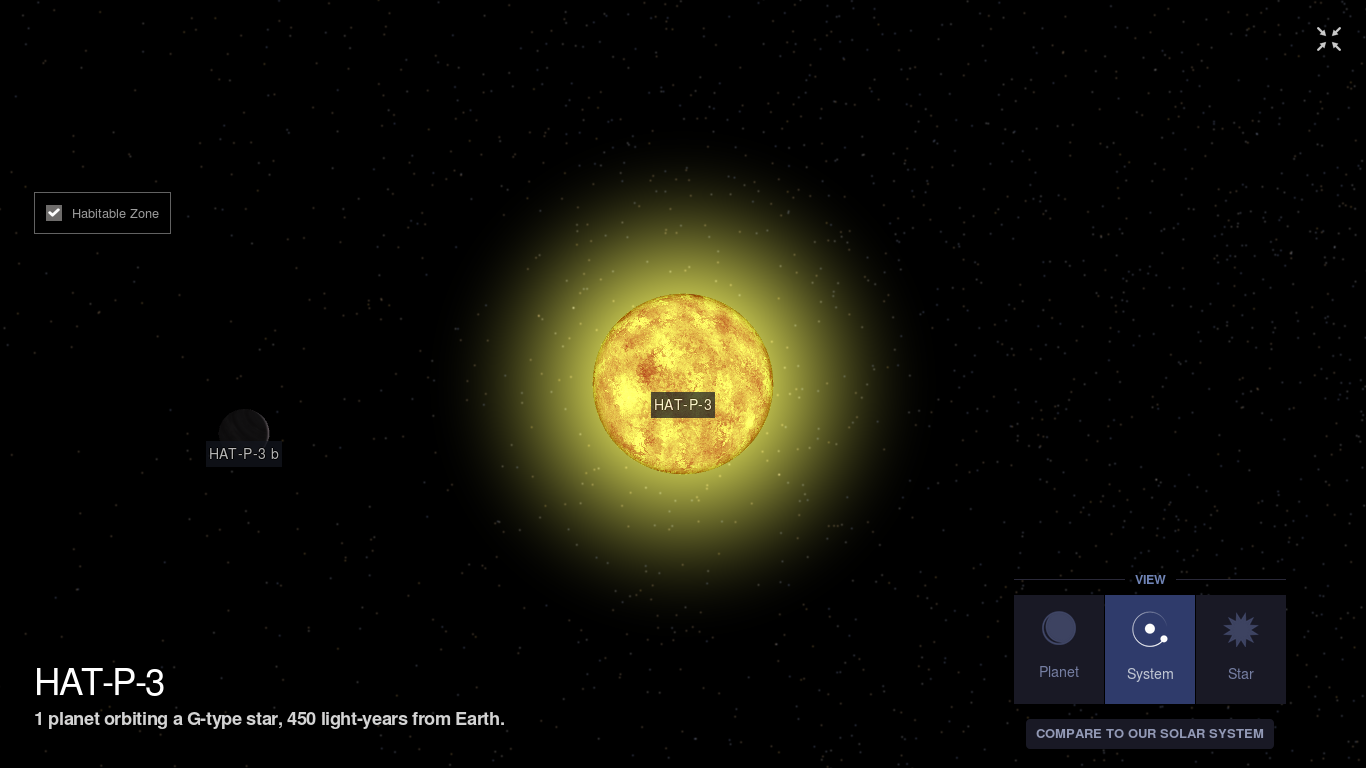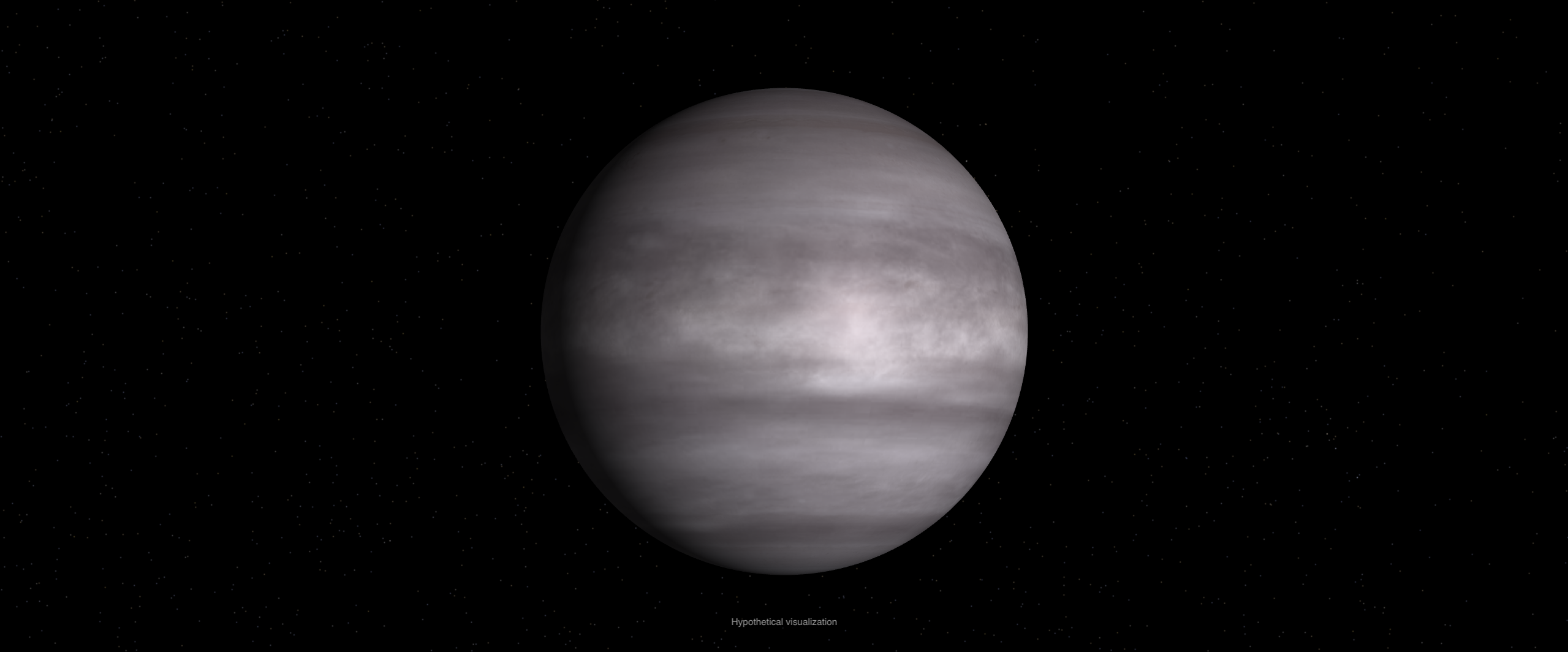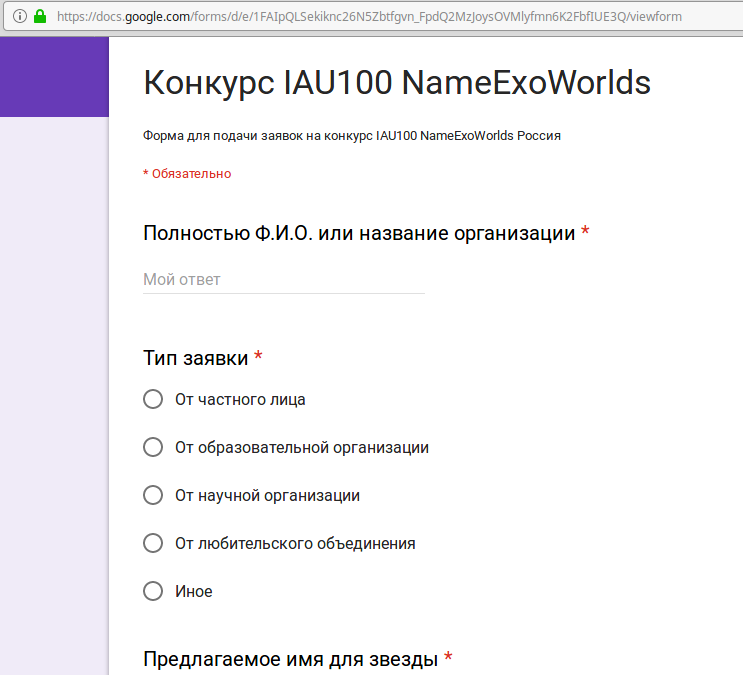Give a name to the star and exoplanet in the HAT-P-3 system

As part of the celebration of the 100th anniversary, the International Astronomical Union (IAU) organizes the IAU100 NameExoWorlds contest, in which each country on Earth has its own system and is given the opportunity to name the exoplanet and the star around which it revolves.
Approved names will not replace traditional scientific designations, but will be recognized by the IAU as full names of objects, will be published in this capacity with attribution. These names can then be used by all comers without any restrictions, along with or instead of scientific designations.
The distribution of the planets by countries was based on the possible presence of cultural relations or taking into account visibility from most of the territory.
Russia allocated the HAT-P-3 system

The orange dwarf HAT-P-3 is located in the constellation Ursa Major at a distance of 456 light years from Earth.
The dwarf is a fairly young star by astronomical standards - its age is estimated at 400 million years.
At least one exoplanet, the HAT-P-3b, rotates around the orange dwarf.

The planet HAT-P-3b - is a gas giant weighing about 0.65 of the mass of Jupiter:
- was opened in 2007;
- exceeds the mass of the Earth by 75 times;
- its core consists of heavy elements;
- its atmosphere heats up to superhigh temperatures,
- the duration of the year on HAT-P-3b is 2.9 days.
How the HAT-P-3 system looks can be seen on the NASA website- images of exoplanets on this resource are more hypothetical, but even based on such pictures, an interesting thought may come to name them.
Indeed, in this competition you need to show your imagination and “draw” in your head a picture of the planet and system.
In Russia, the deadline for filing applications is September 30, 2019.
Then, within two weeks, the national committee will select applications for voting.
Voting will be held from October 15 to November 15, after which the national committee will submit one winner option, two backup options and all voting results to the IAU100 NameExoWorlds steering committee for approval.
The Steering Committee may reject the results if the selected names do not comply with the rules of the IAU or if the number of applications and / or votes cast is too small. Final results will be allegedly announced in the second half of December.
Russian National Committee of the contest NameExoWorlds IAU100:
- DZ Wiebe, Institute of Astronomy, RAS, Moscow
- Bolt AV SAI them. PC. Sternberg, Moscow State University M.V. Lomonosov, Moscow
- Kuznetsov ED, Ural Federal University, Yekaterinburg
- Sitkova ZP, Nizhny Novgorod Planetarium named after G. M. Grechko, Nizhny Novgorod
- Smirnova M.N., St. Petersburg Planetarium, St. Petersburg
- Tikhomirova E.N., Cultural and Educational Center named after V.V. Tereshkova, Yaroslavl
- Yabloshevskaya Yu.S., Moscow State Pedagogical University, Moscow
- Yazev SA, Irkutsk State University, Irkutsk
You can familiarize yourself with the application rules for Russia here , and fill out the application and take part through this form .

Both individuals and organizations can submit applications.
One applicant can submit only one application.
The proposed names should be in Latin transcription, have a length of 4 to 16 characters, including spaces and hyphens, preferably consist of one word, be pronounced.
Names may belong to objects, people, or places of great and long-lasting cultural, historical, or geographical significance, worthy of perpetuation in the name of a celestial object.
The application should offer two names at once - for the exoplanet and for the parent star, which should be connected by a common theme.
In addition, a brief description of the topic that logically links the proposed names should be added to the application.
Offensive names or names similar or similar to already existing names of celestial objects, names with commercial meaning, names of people who are known for their political, military or religious activities, names of people who died less than a century ago, names of living people, names of organizations, names are not allowed pets, specially invented names, abbreviations, names containing numbers or punctuation marks (letters with accents are allowed). Proposed names should not be trademarks or other protected intellectual property.
In general, it will be difficult to choose something interesting and worthwhile, but there is a chance that you can give a name to the star and exoplanet!
What other systems to other countries were chosen by the MAC can be found here .
For example, the United States chose the HD 17156 system (in the constellation Cassiopeia), 245 light-years from Earth.

For Estonia, the XO-4 system (in the constellation Lynx), 956 light-years from Earth, was chosen .

If you live in a country that has not yet launched a naming campaign, then its representatives must confirm participation in the competition - do this before June 30, 2019 by filling out the forms on the MAC website .
